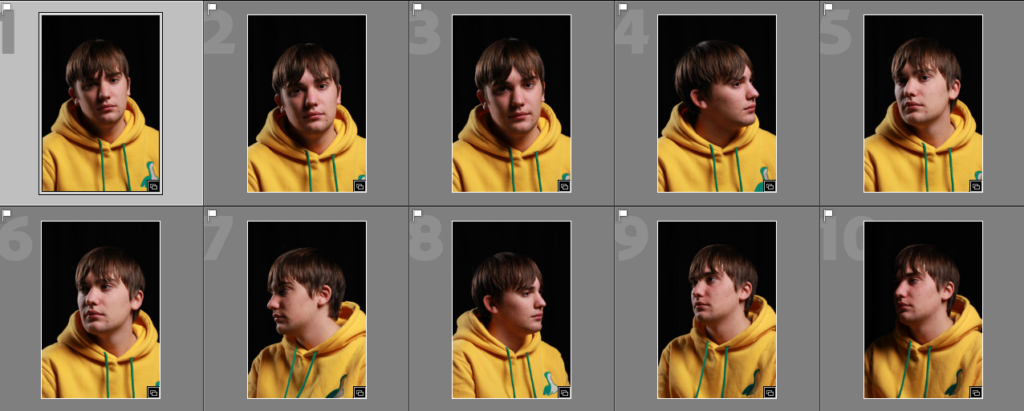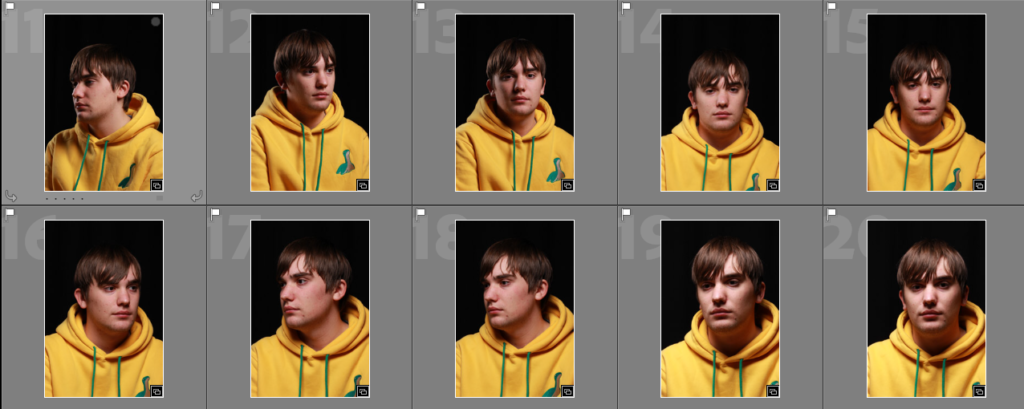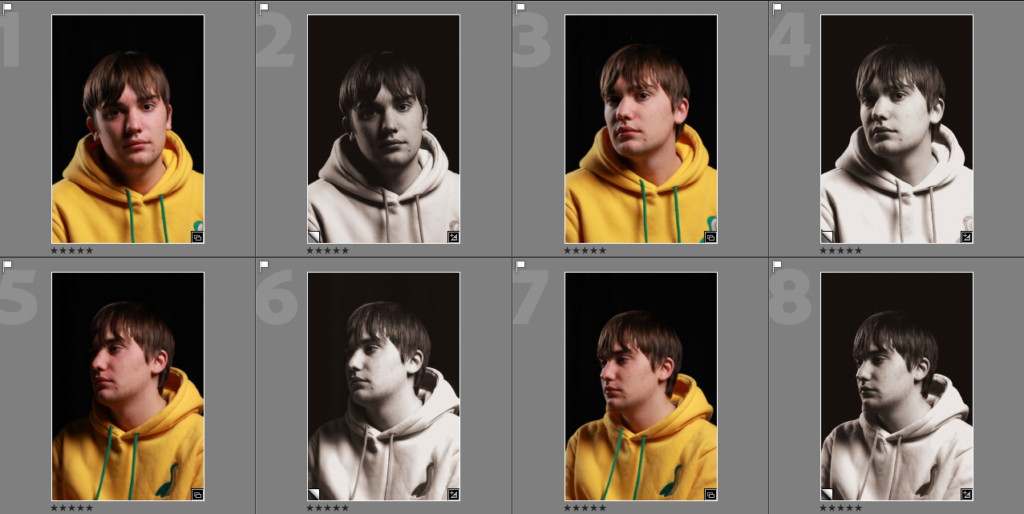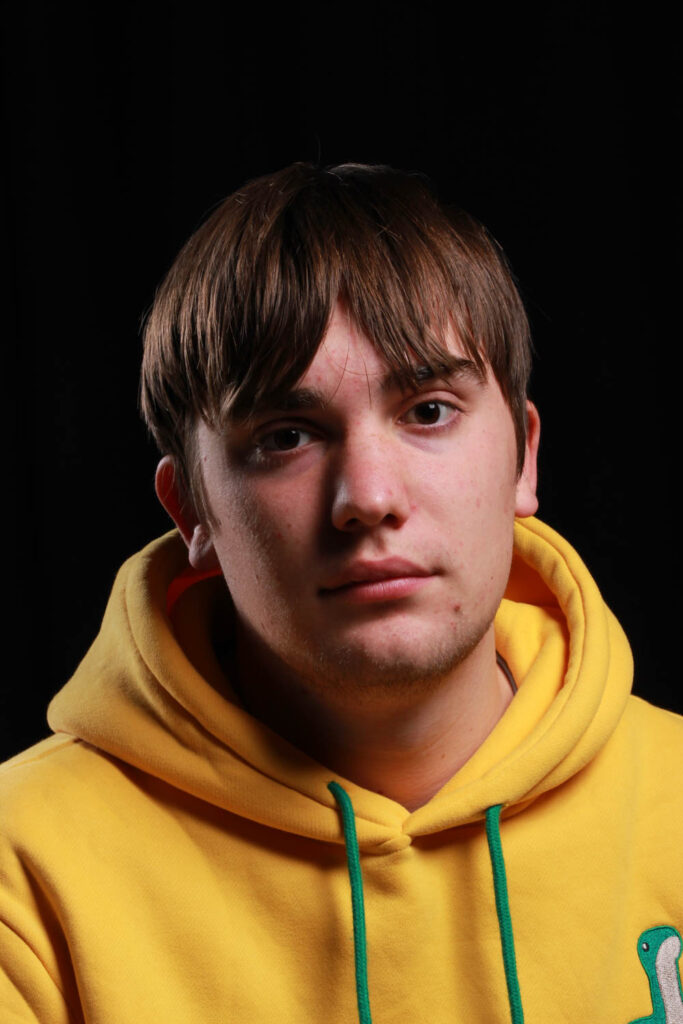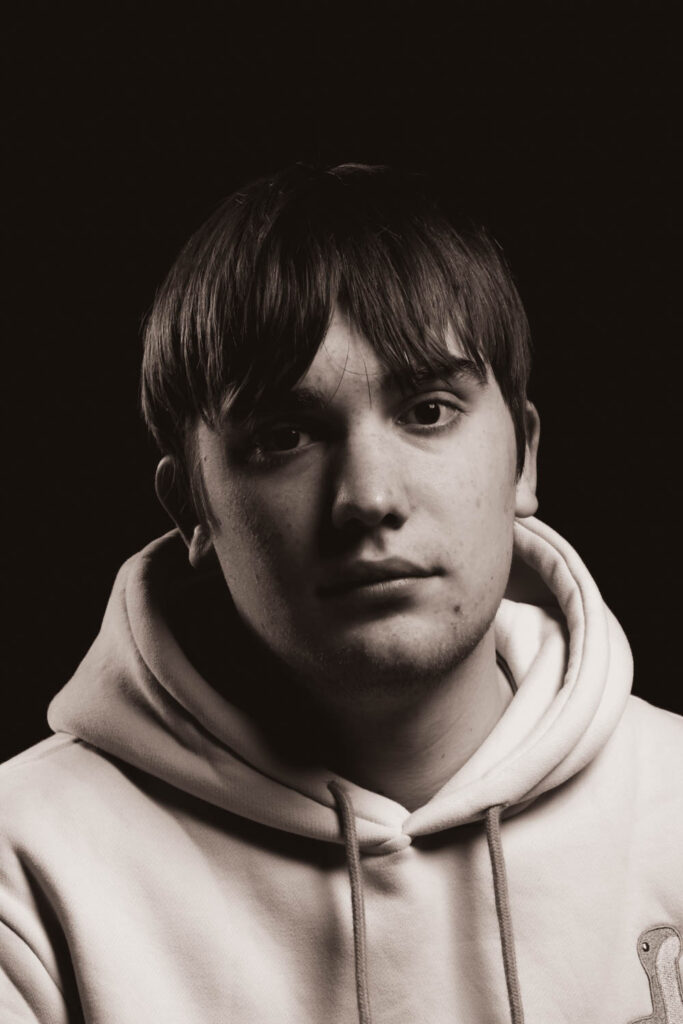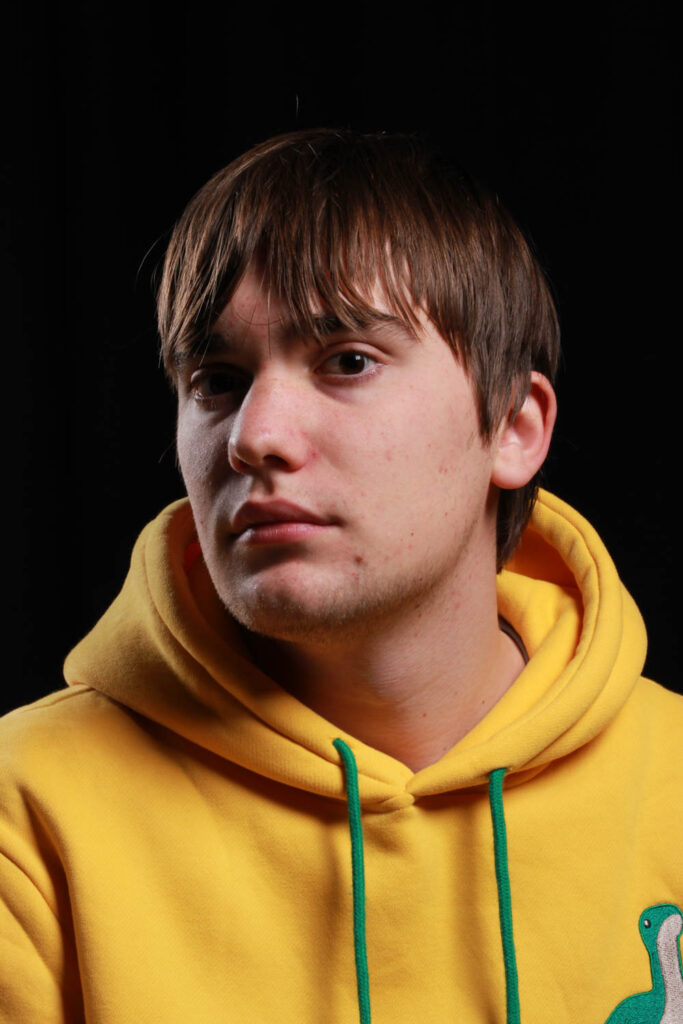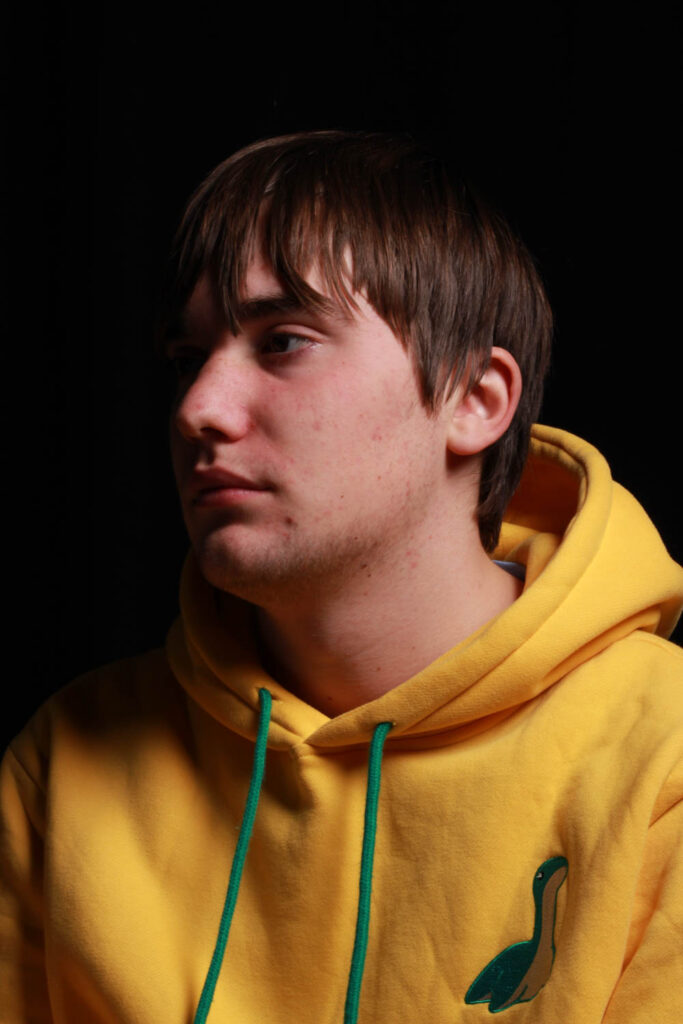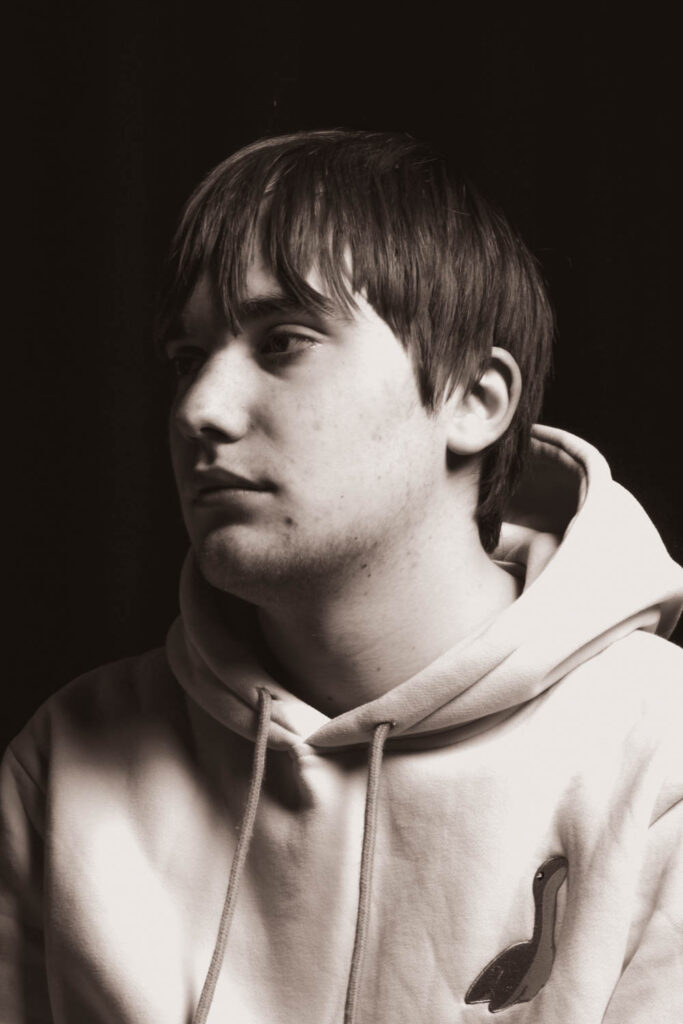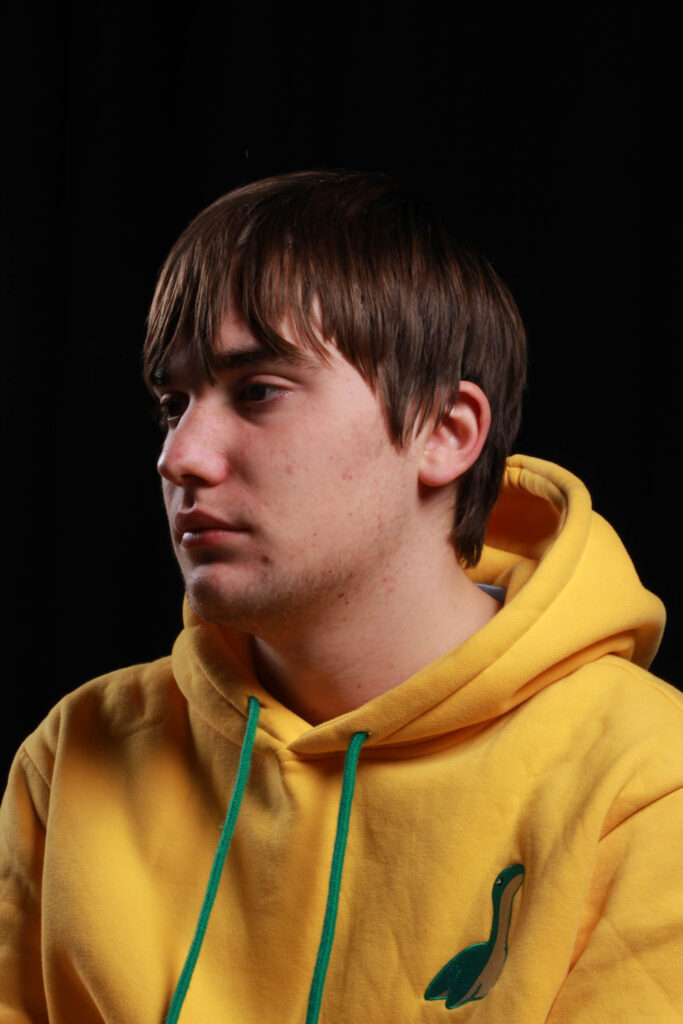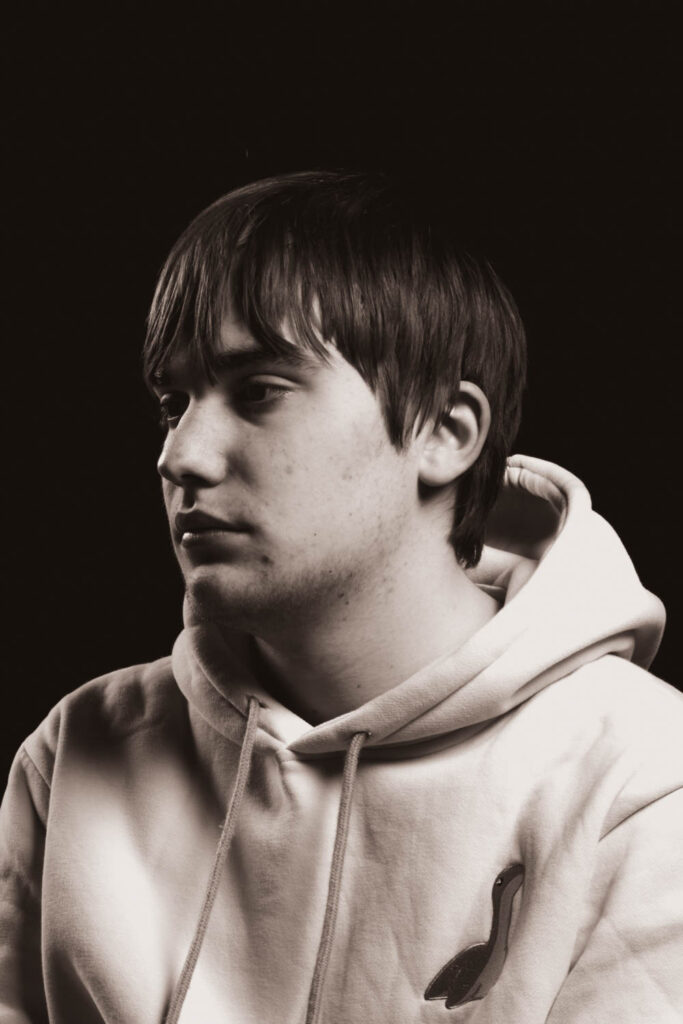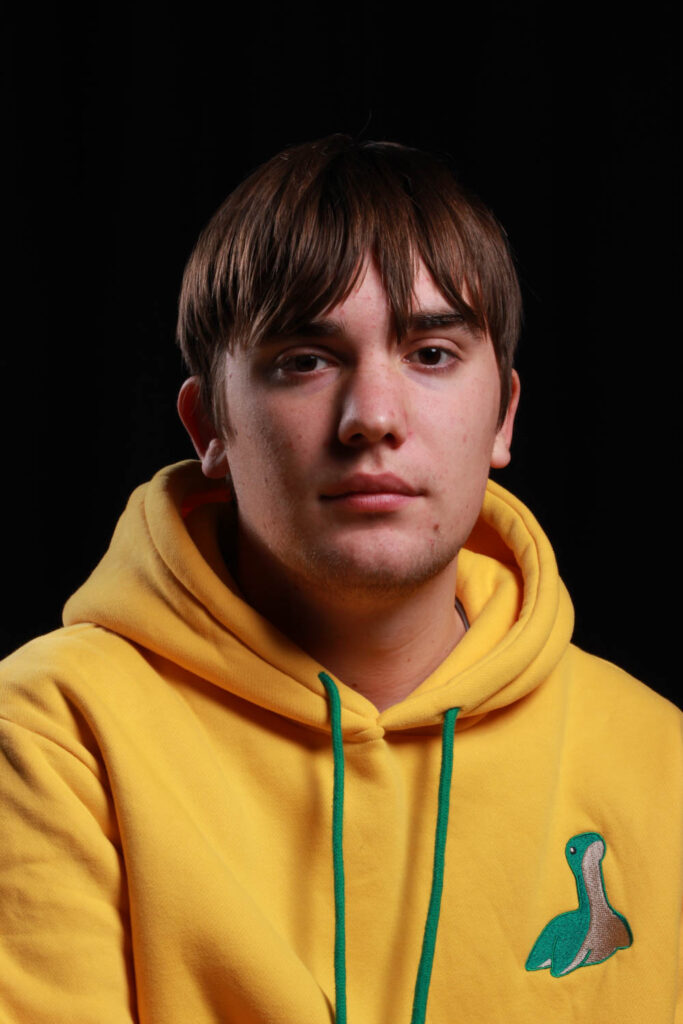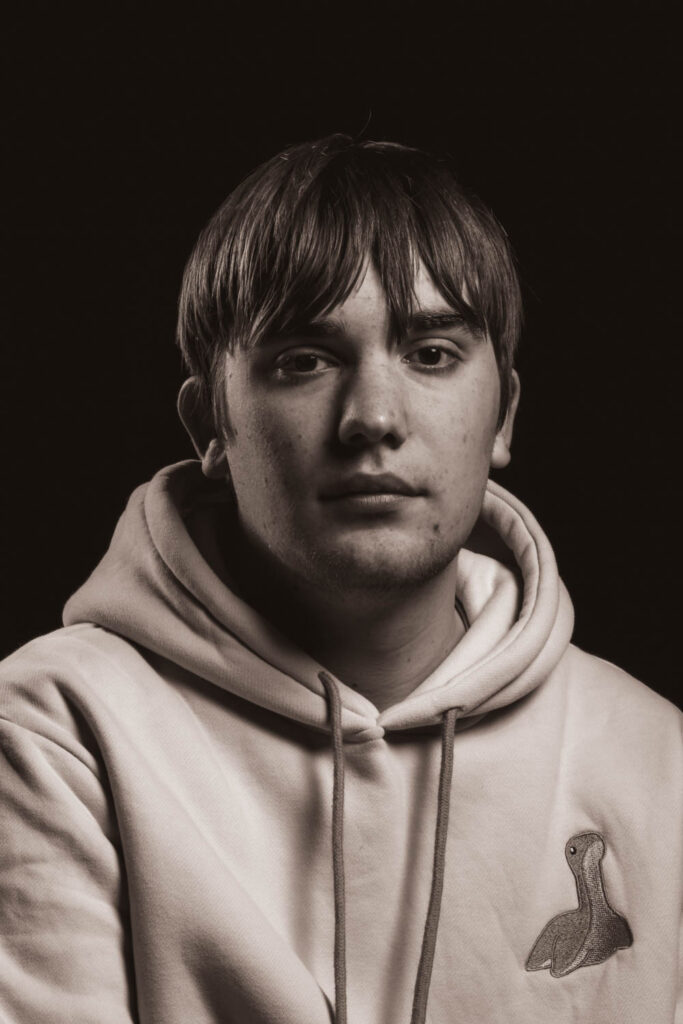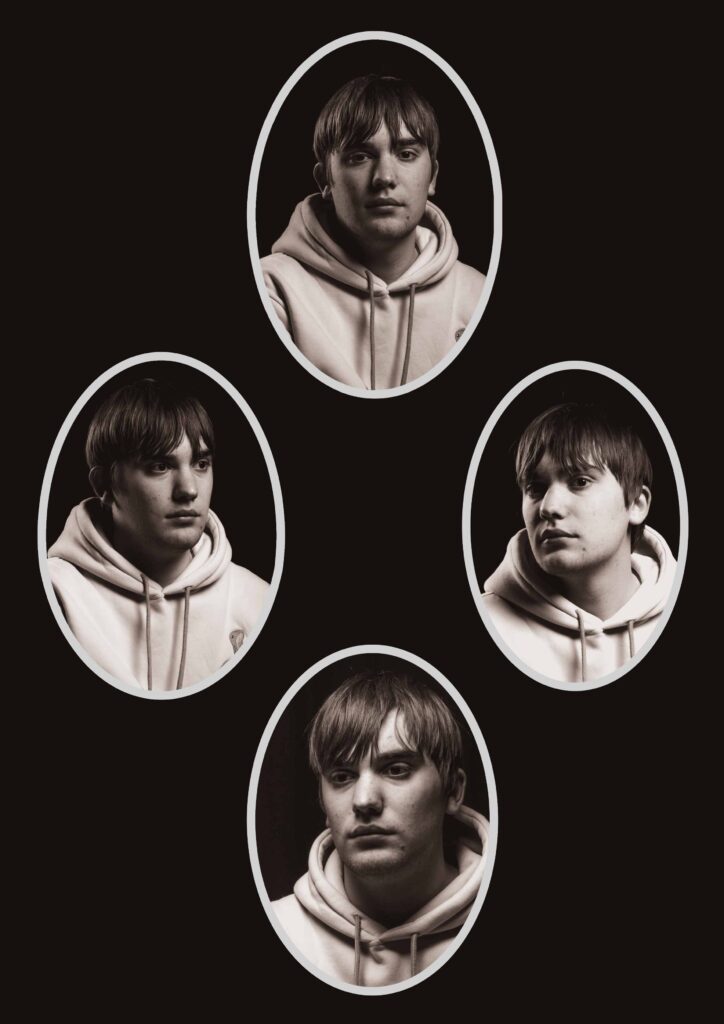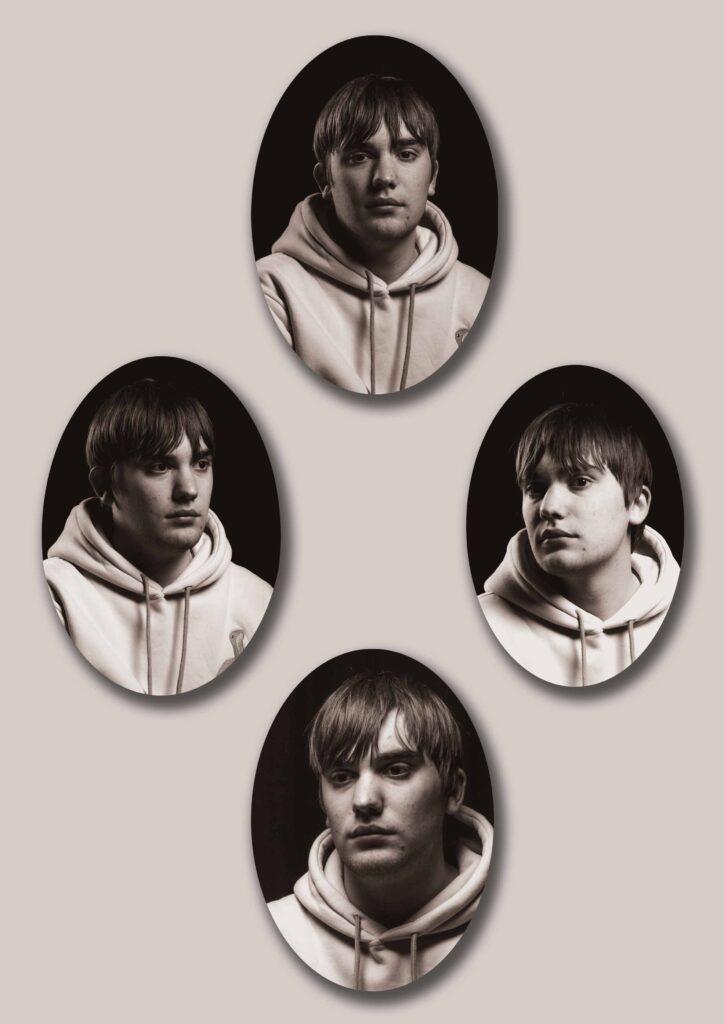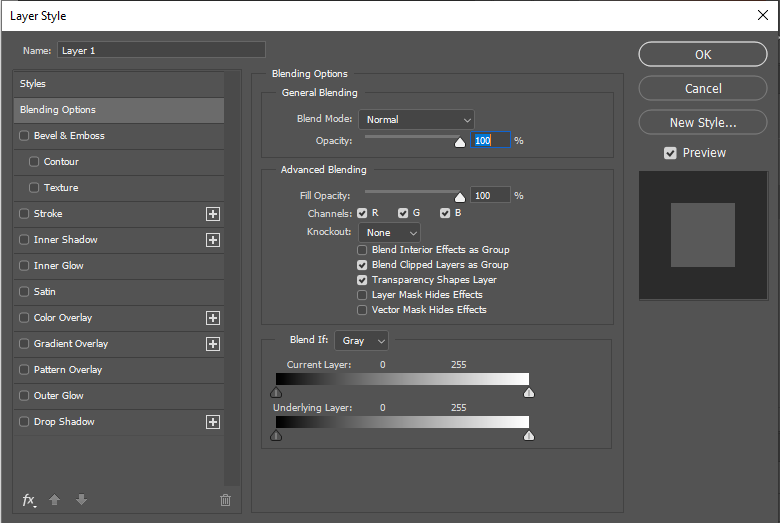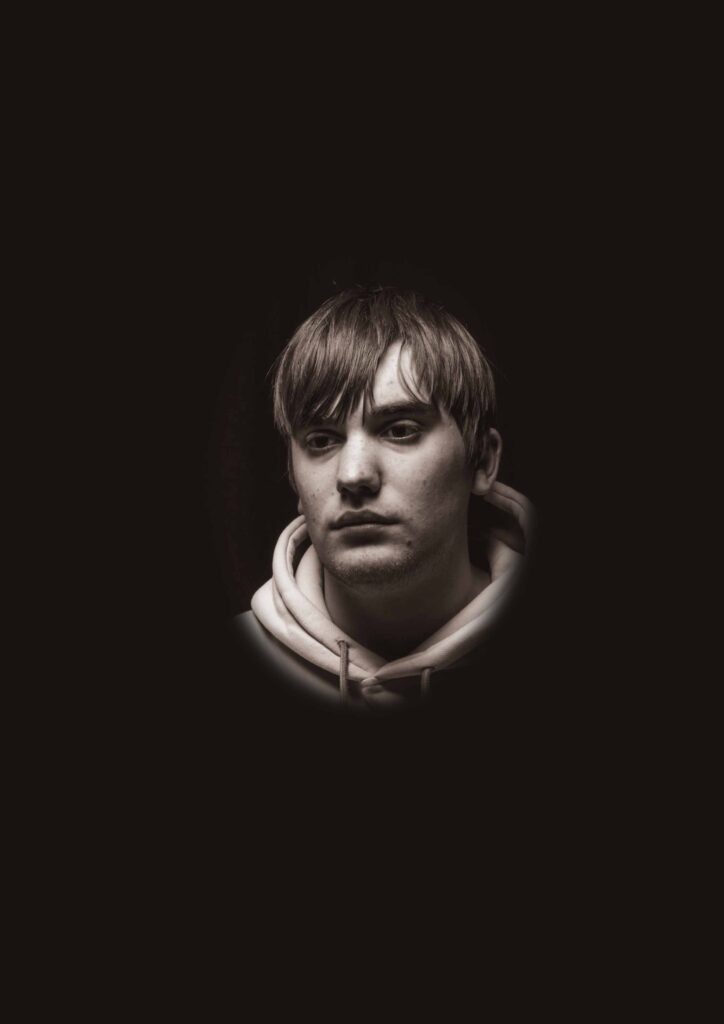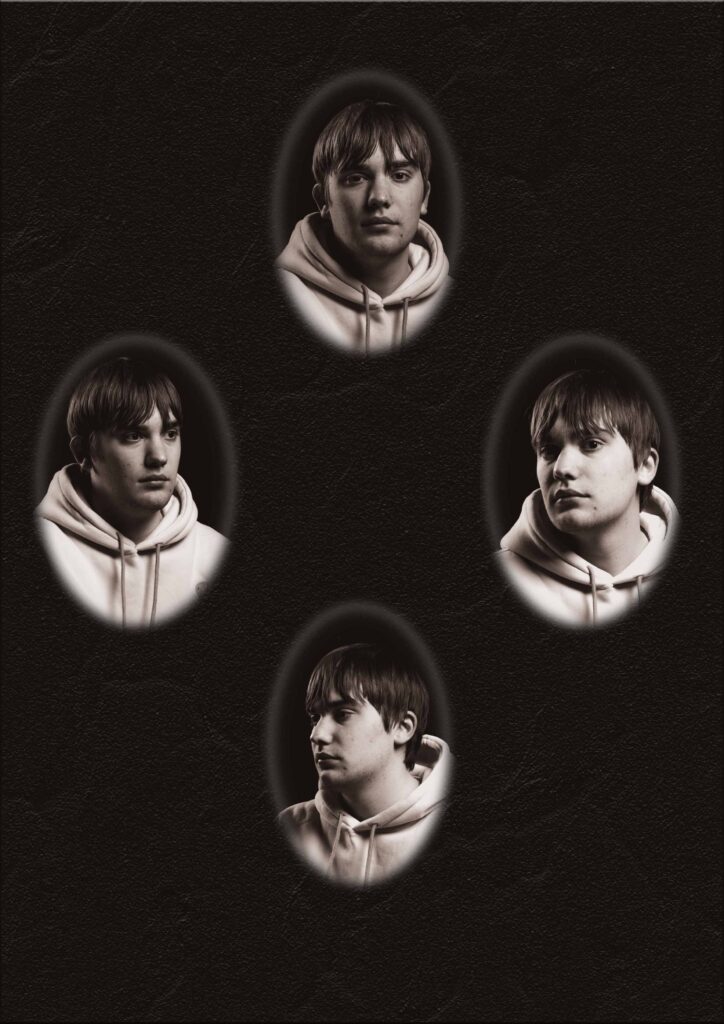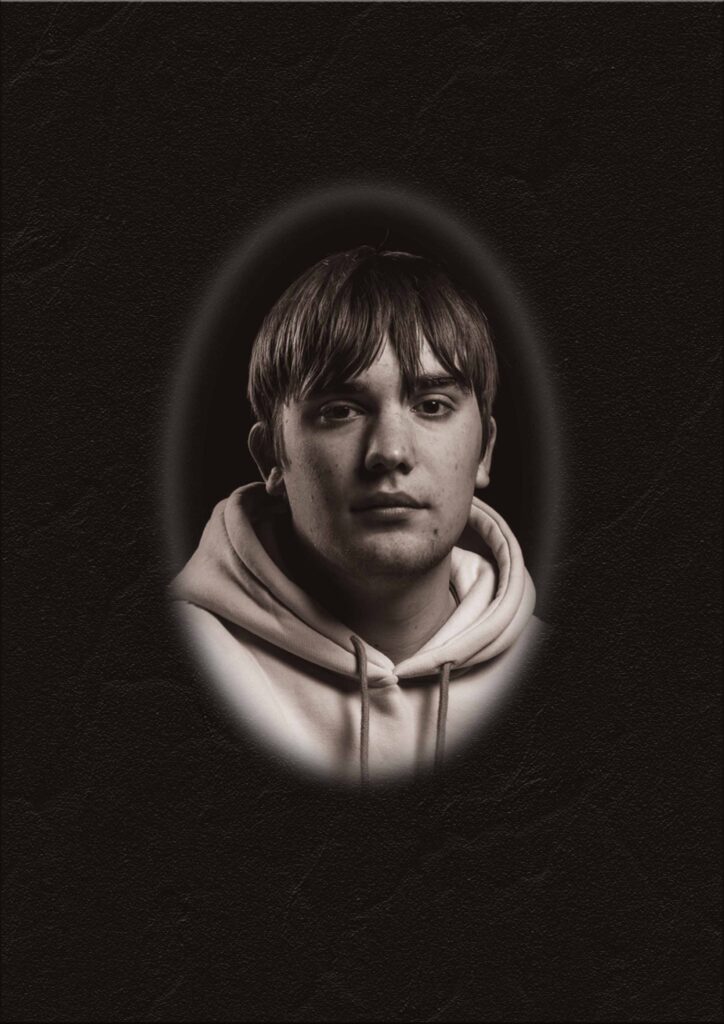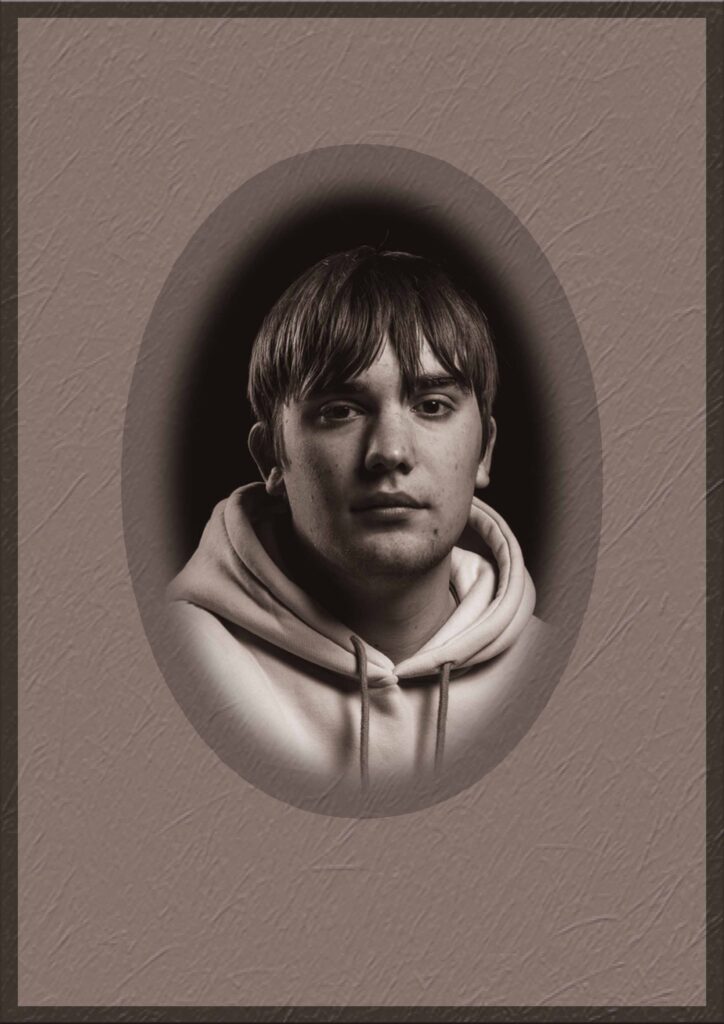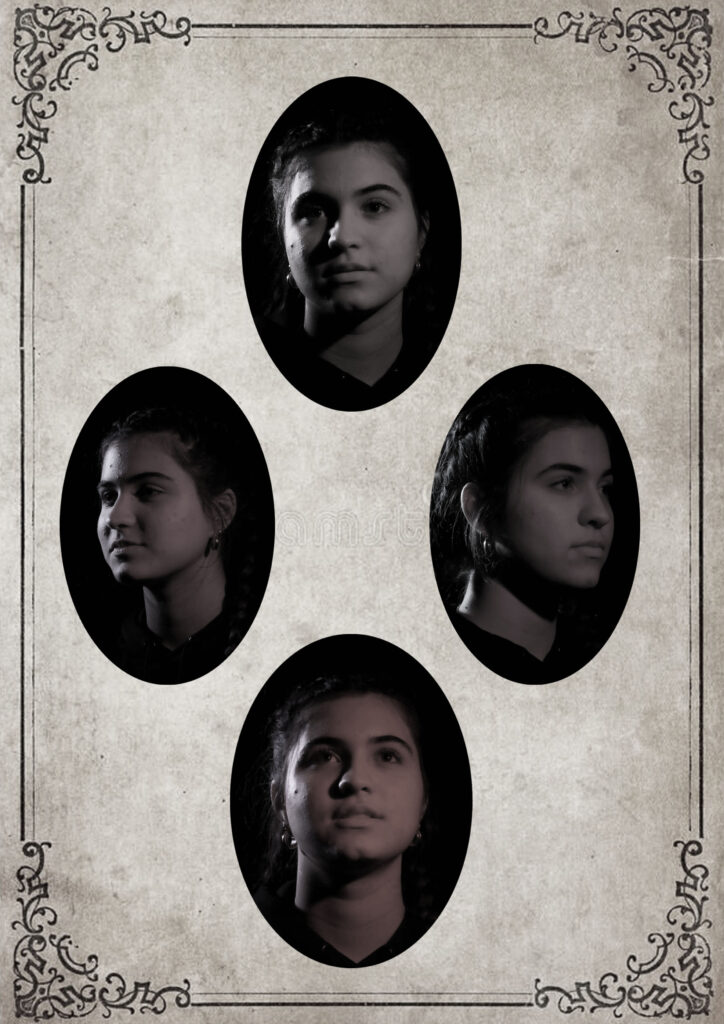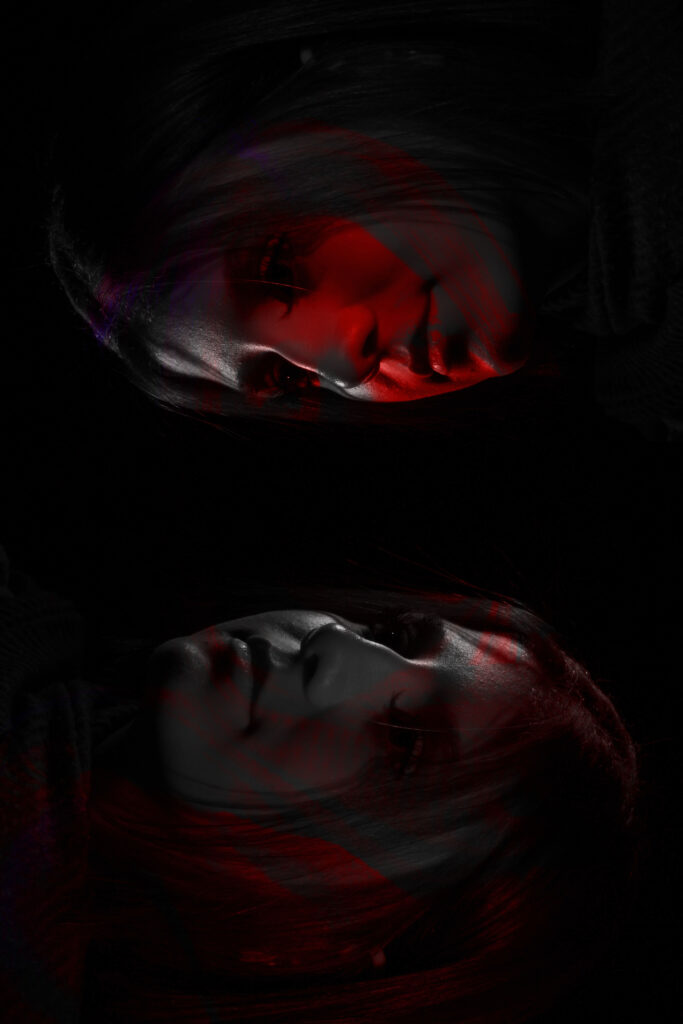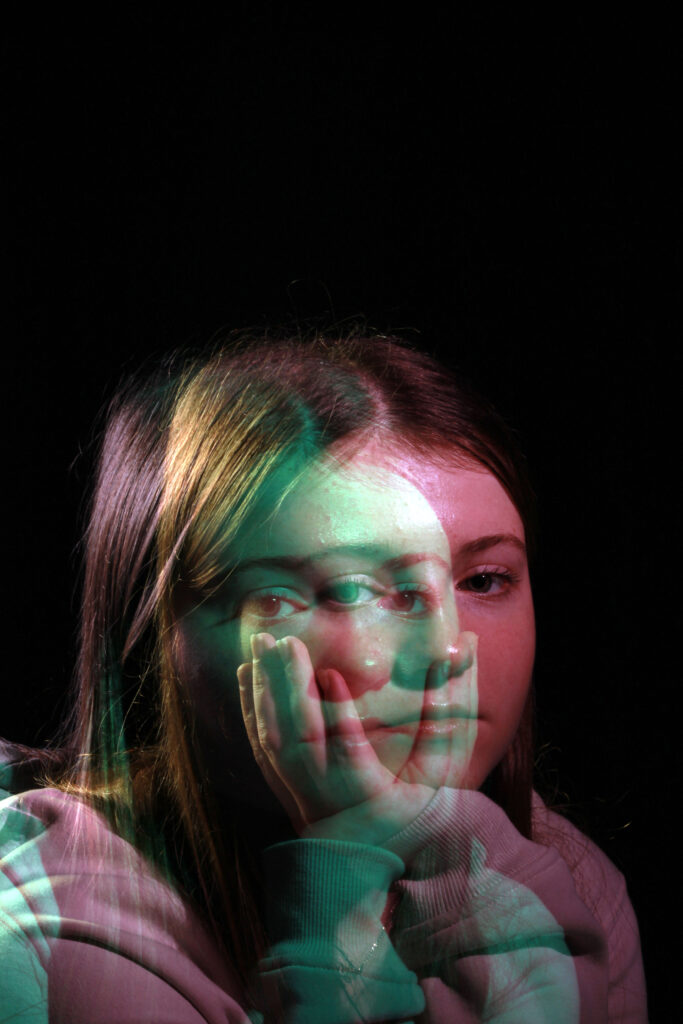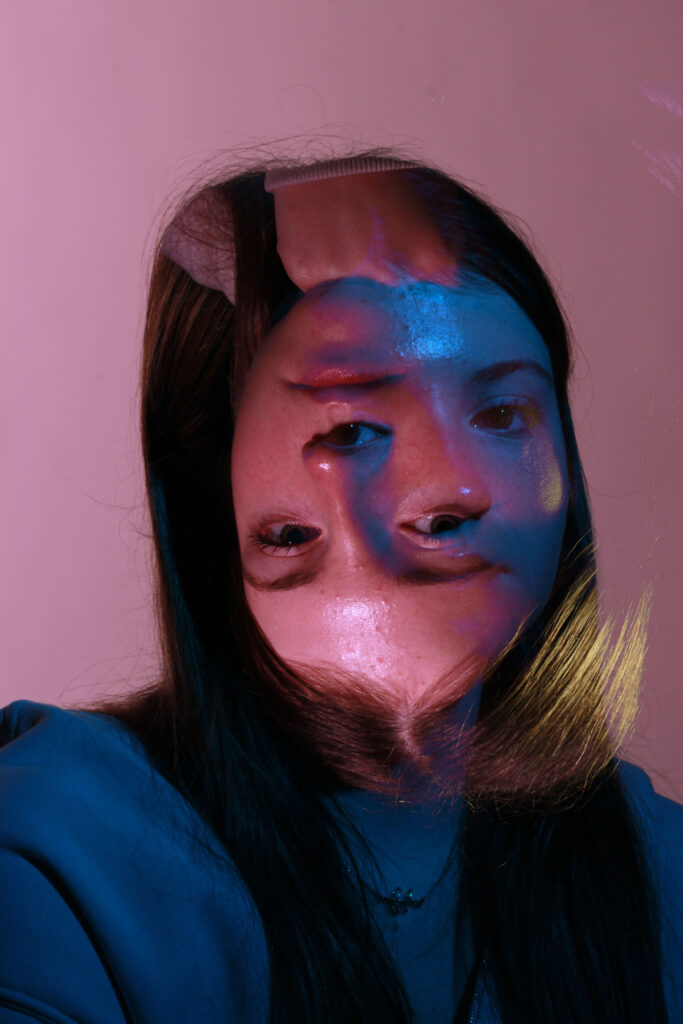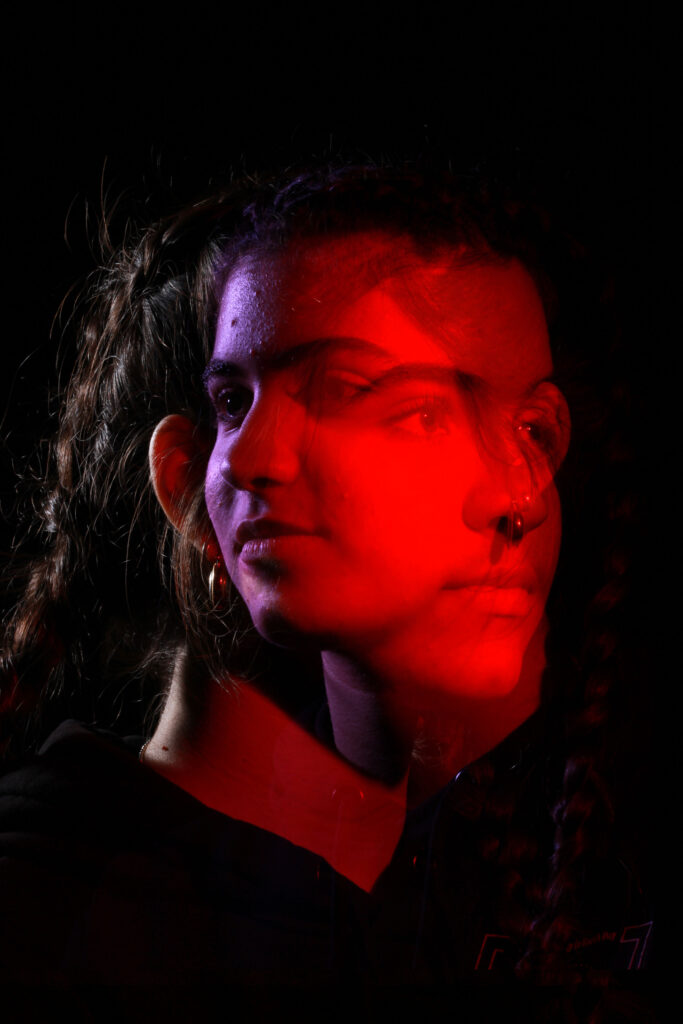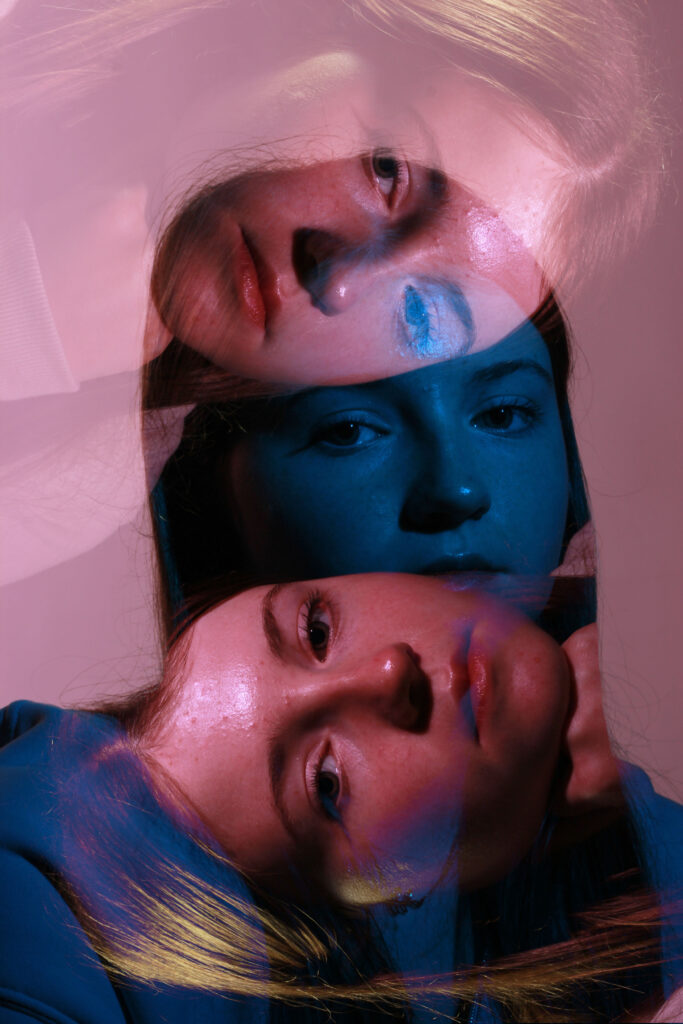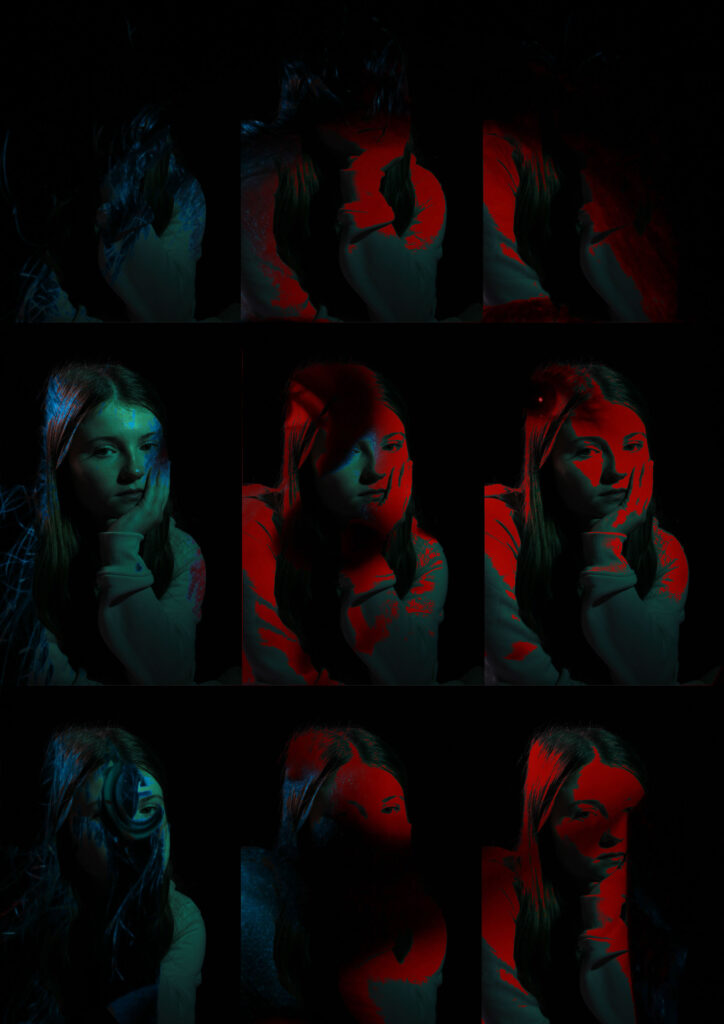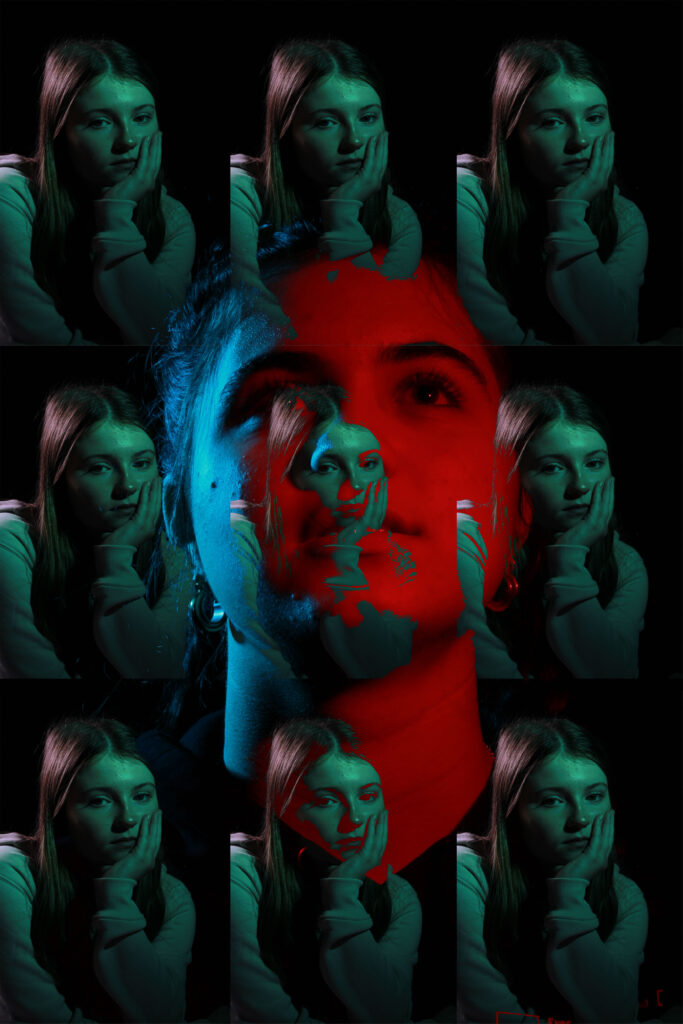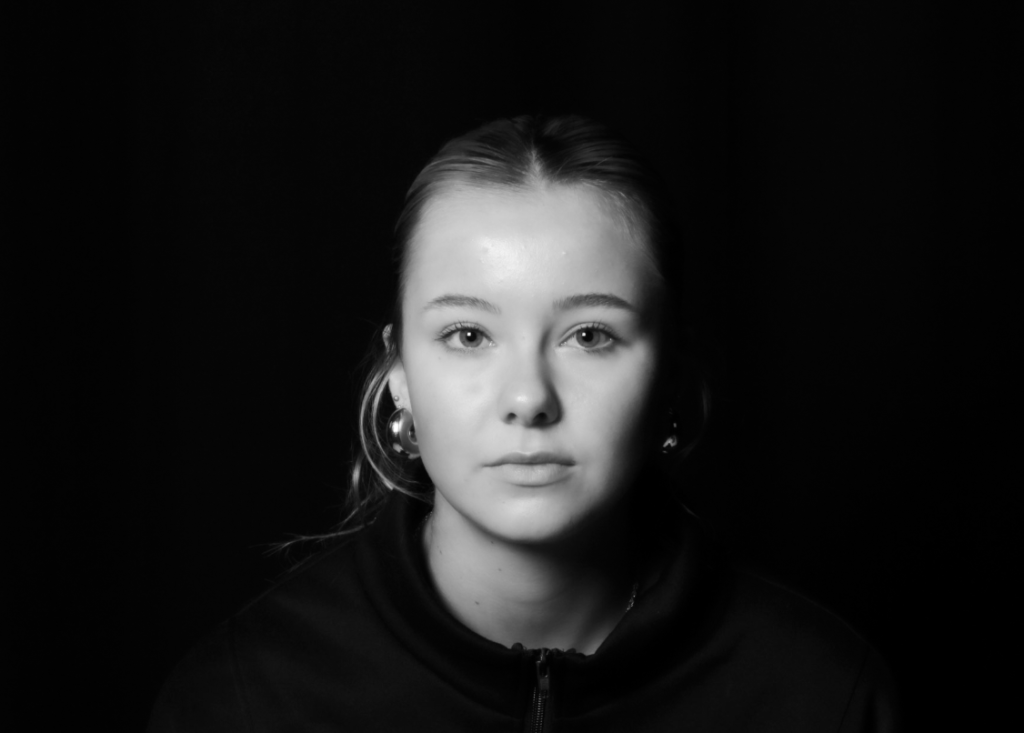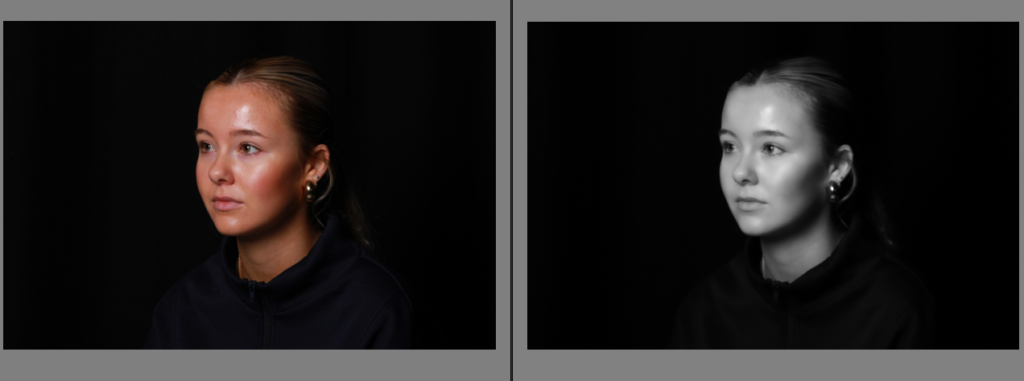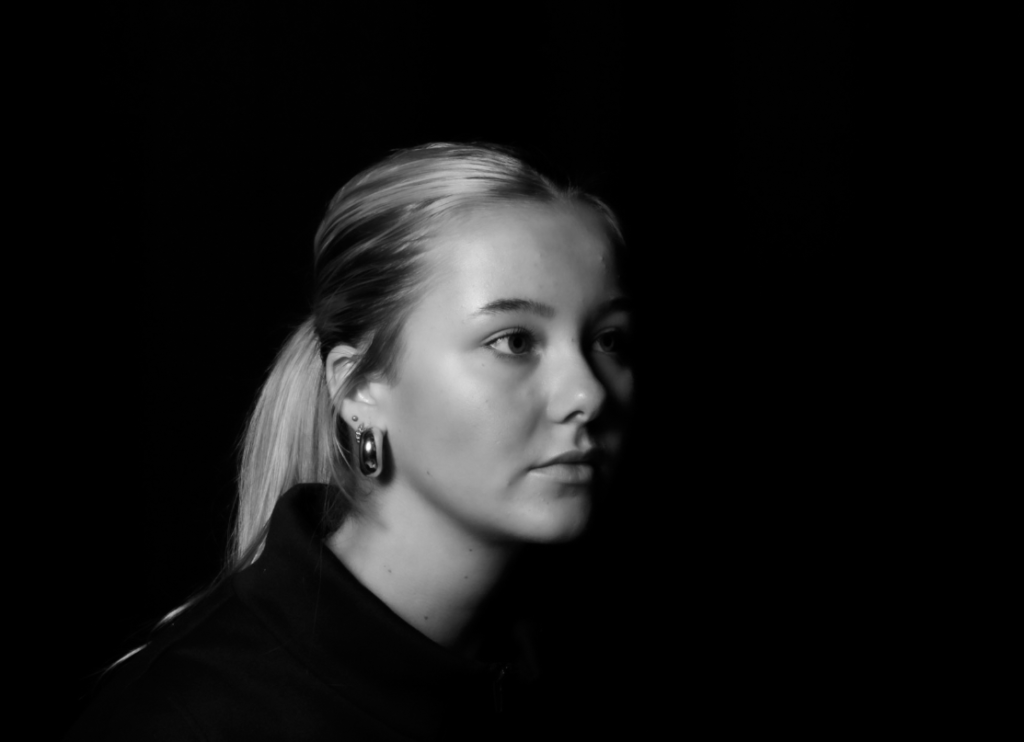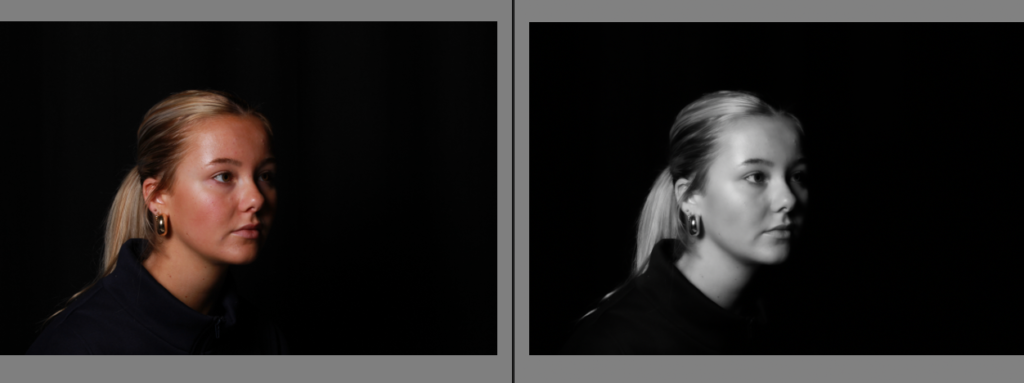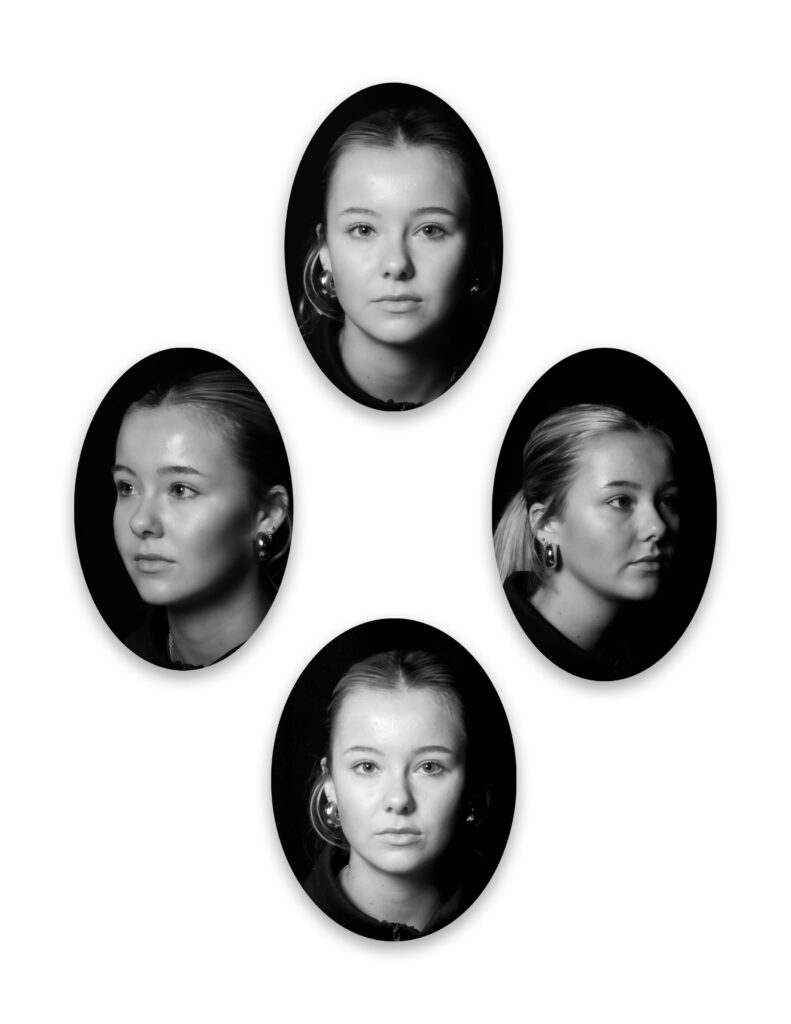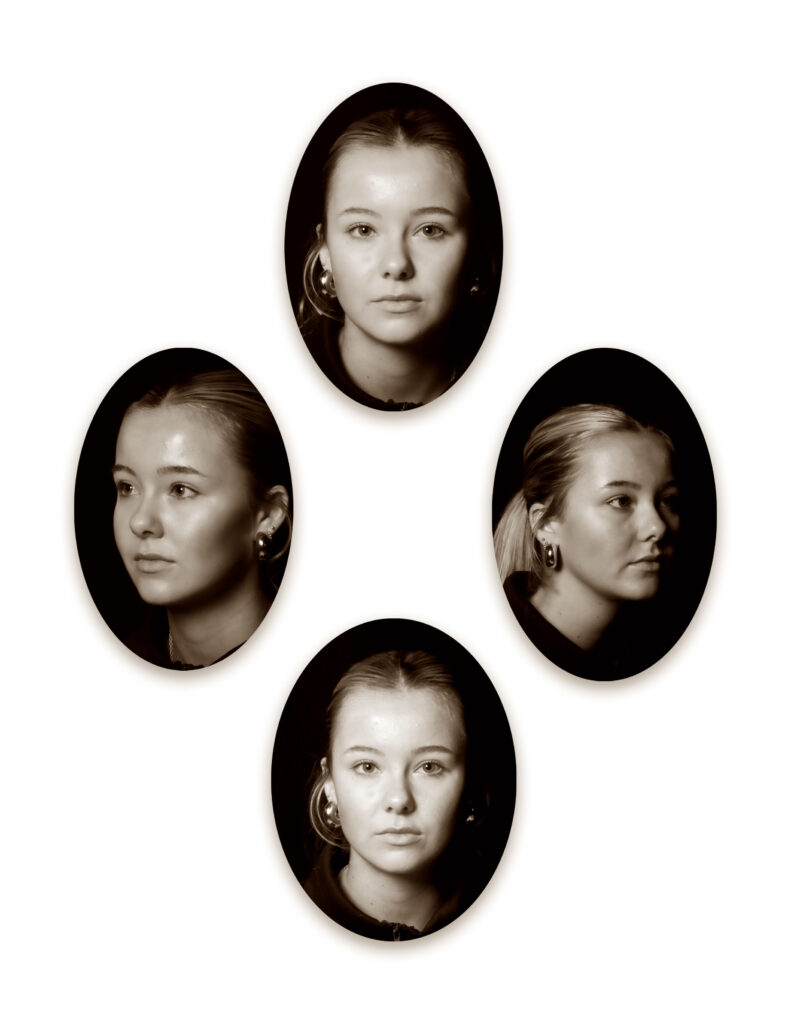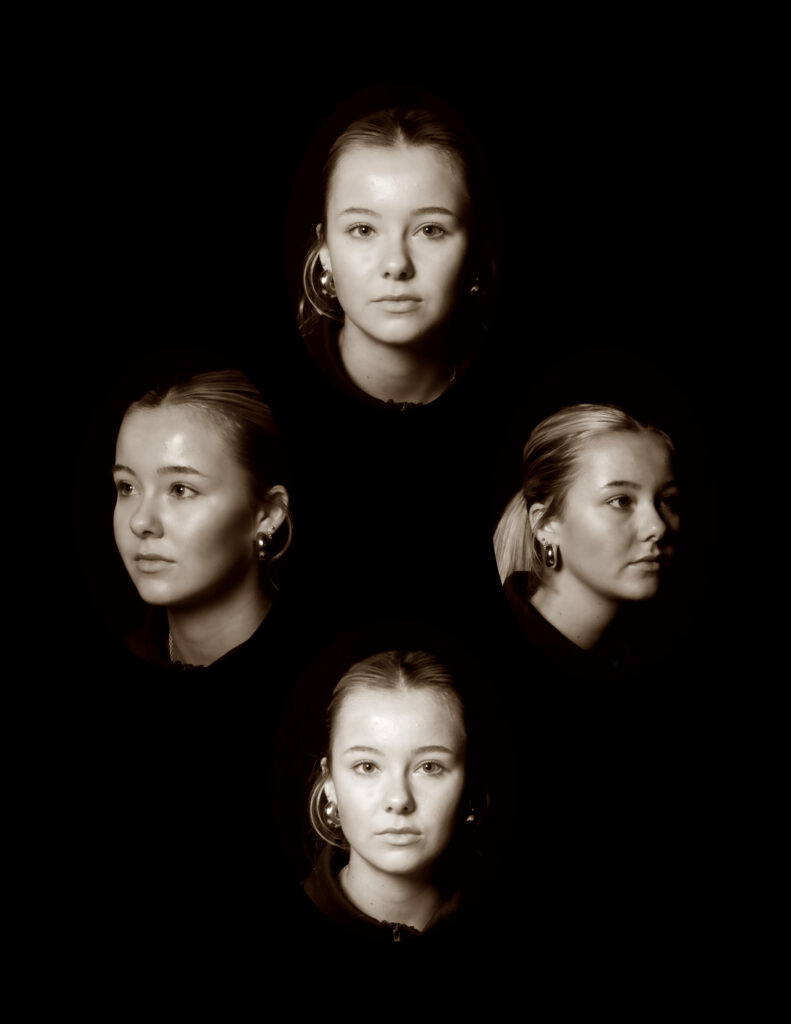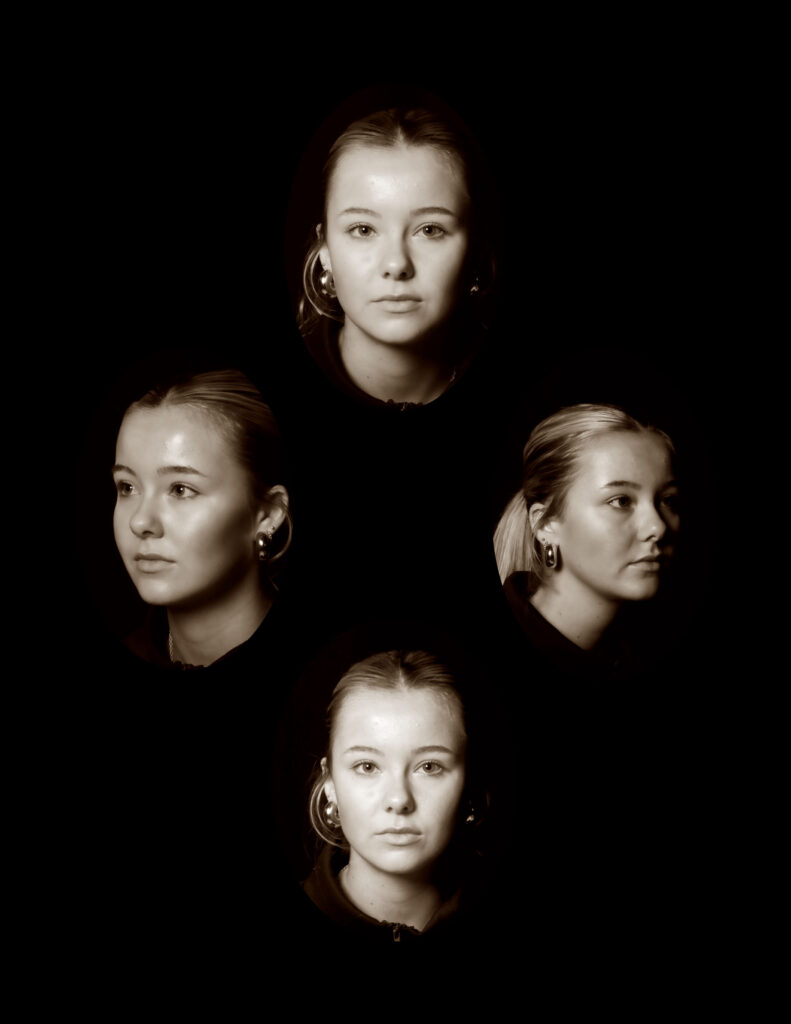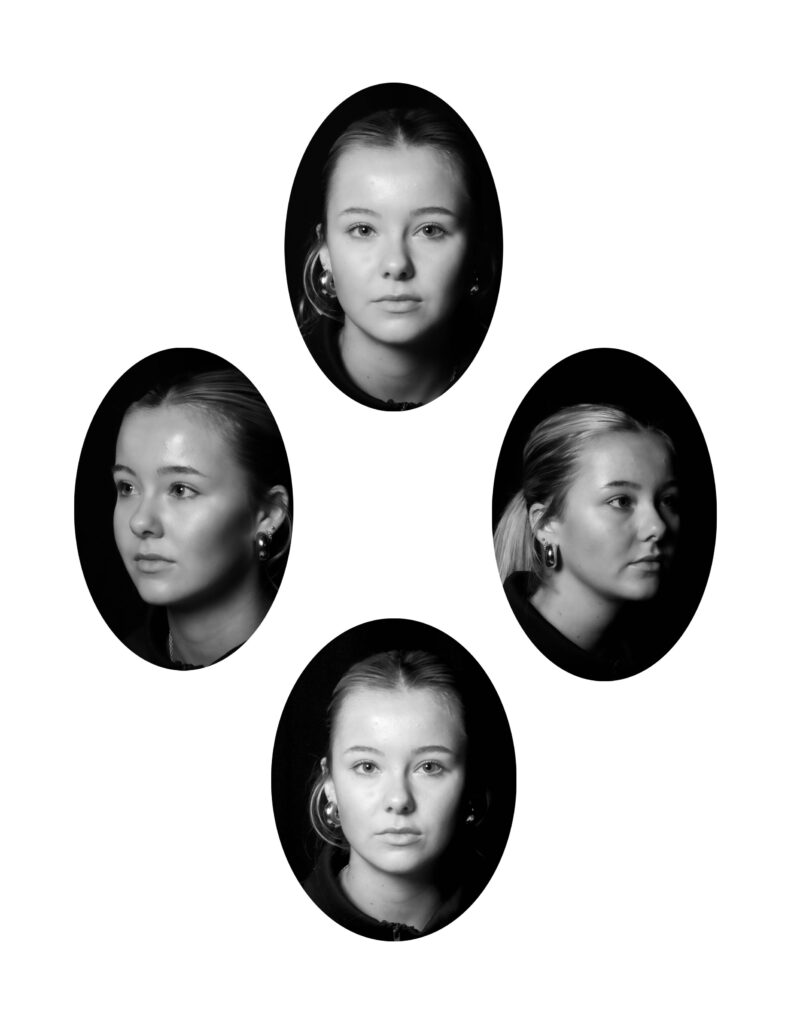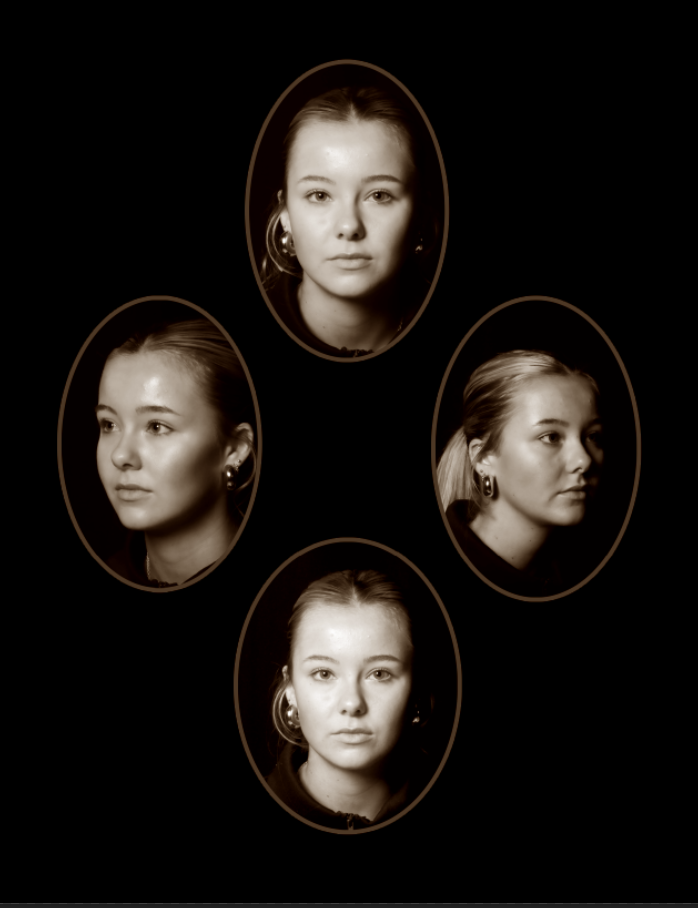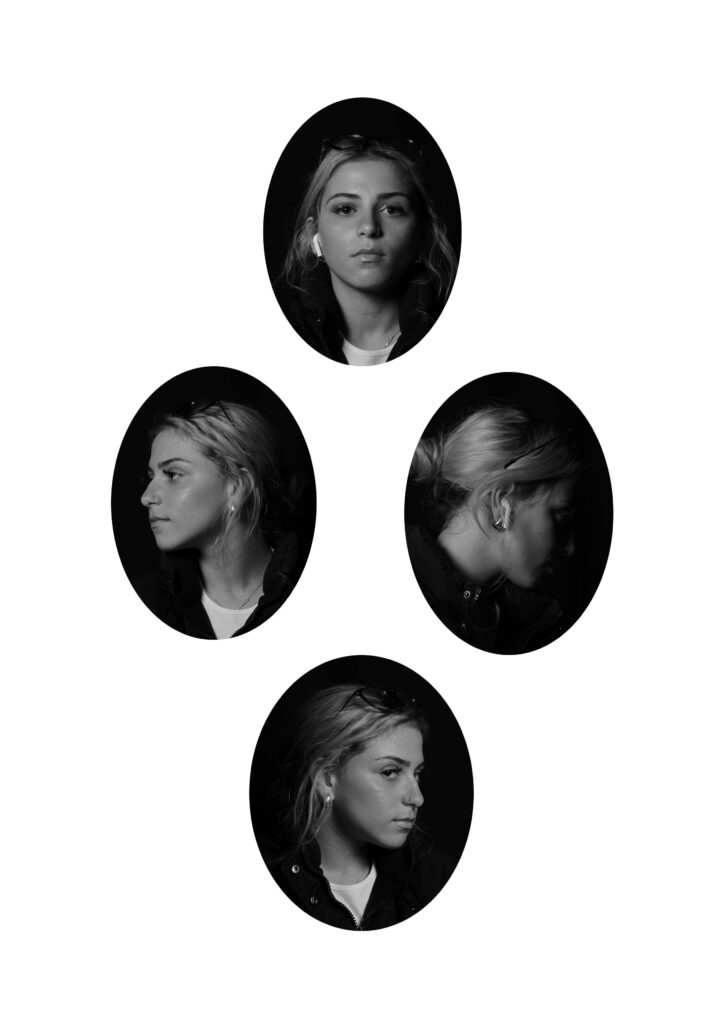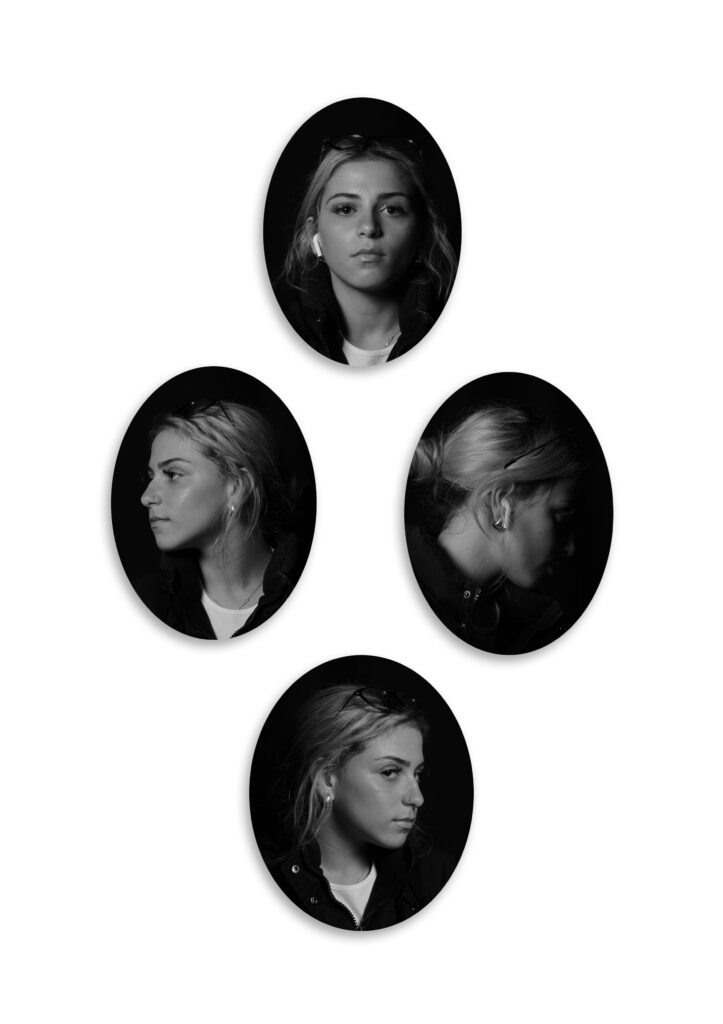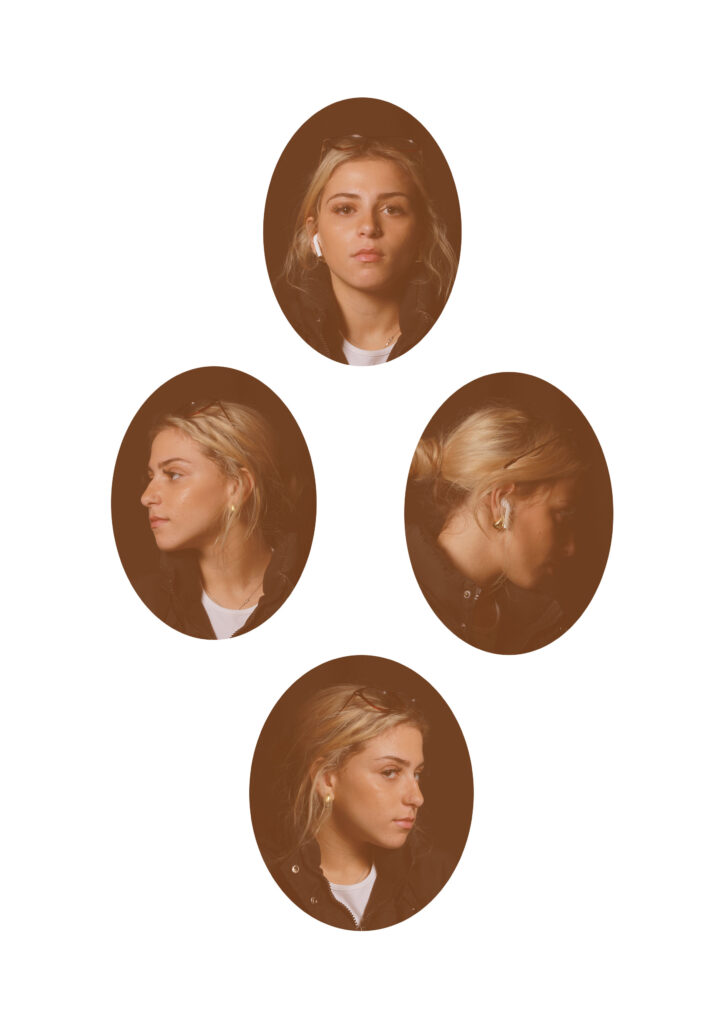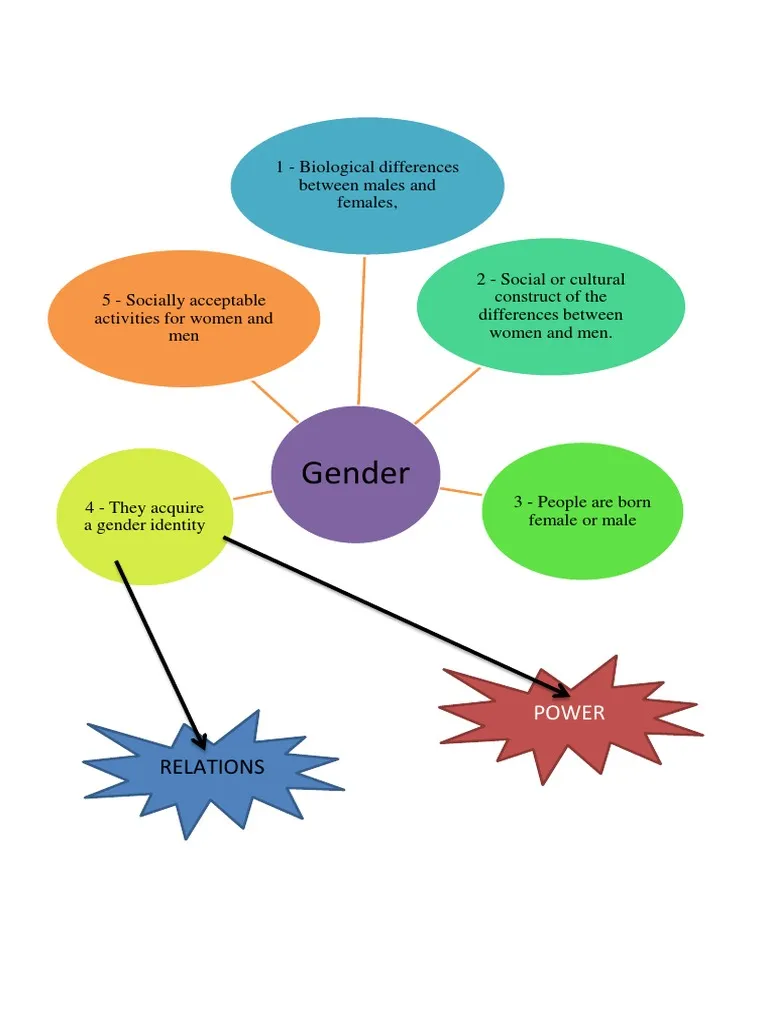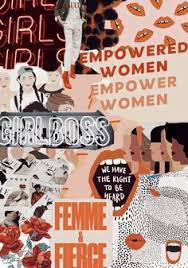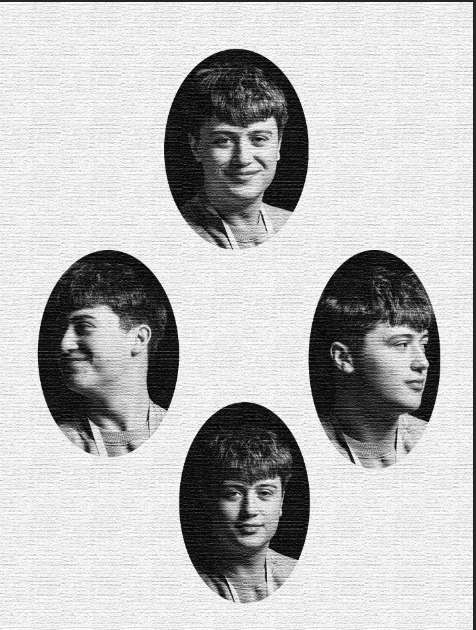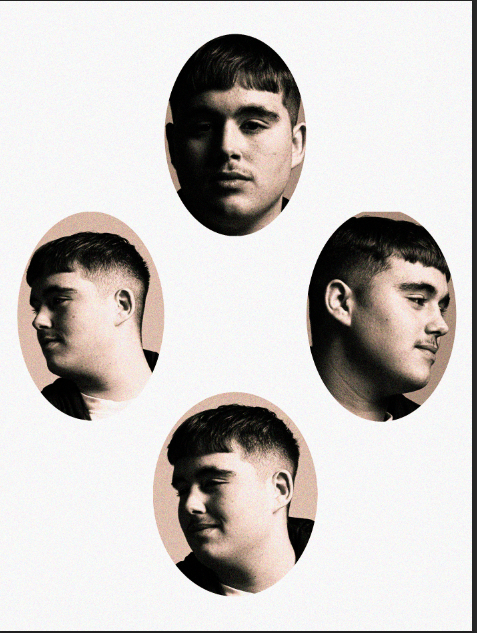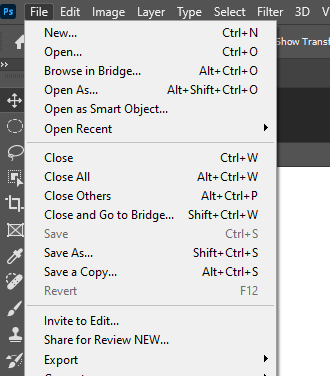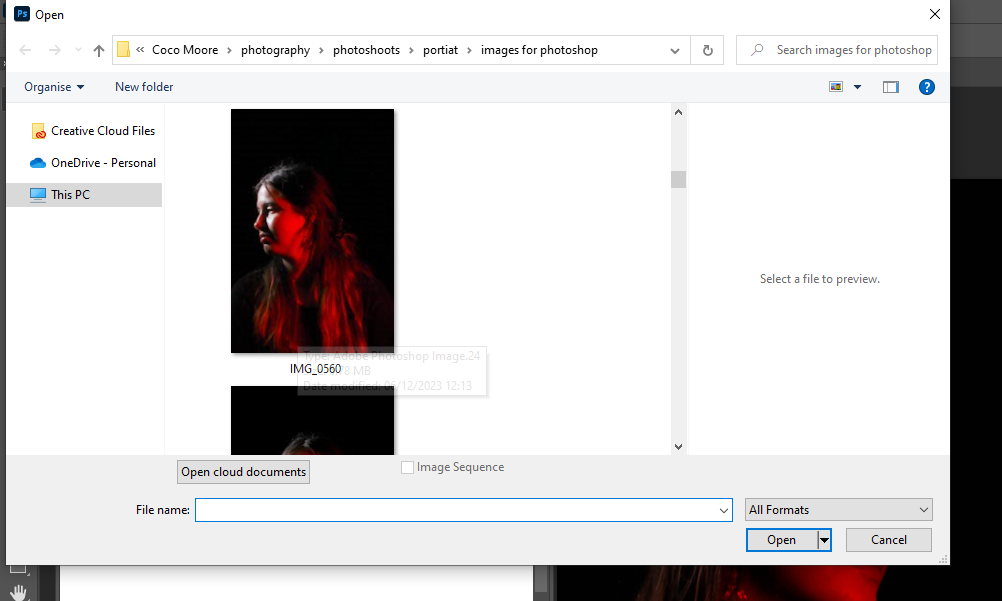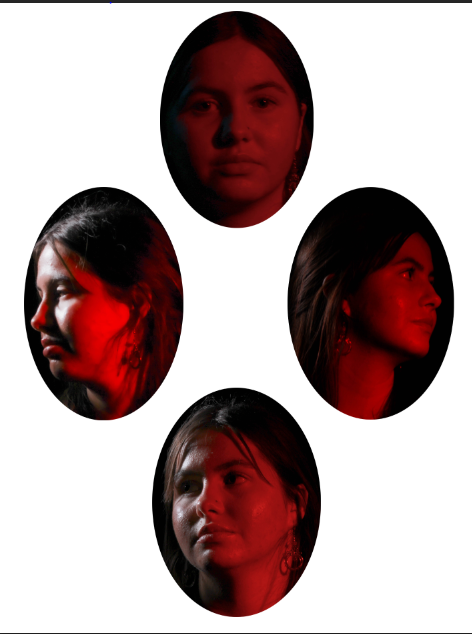Double exposure is a photography technique used by many photographers around the world as a creative outlet or to create emotive pieces of art like photography. It can be done in many different ways, from using a slow shutter speed and movement to create raw images with double exposure elements, to post production editing on photoshop layering multiple different shots to create a desired results. If there is a particular aim for a shoot then it is more likely the photographer will take multiple photos and merge them together in photoshop, however for things like light painting it tends to all be done in one very slow shot. The results are often emotive, surreal feeling photos commonly having a creepy appearance.

The style of surrealist photography had a big impact on the idea of double exposure photography. As it was the first variation of the double exposure technique often used to show multiple, odd objects or subjects, to put across ideas, in one shot. First appear as a style just after the first world war, as the horrors had shifted the perception of reality for many people. It was actually a French writer who first released a book, that rejected the rational way of seeing the world and instead asked people to explore creativity and imagination to view as perceptions of life and the world instead, this is what first solidified the surrealist movement. Surrealist styles created an exciting challenge for photographers as while a painter can take ideas from their imagination with brush and paint, a photograph is derived from the real, material world.


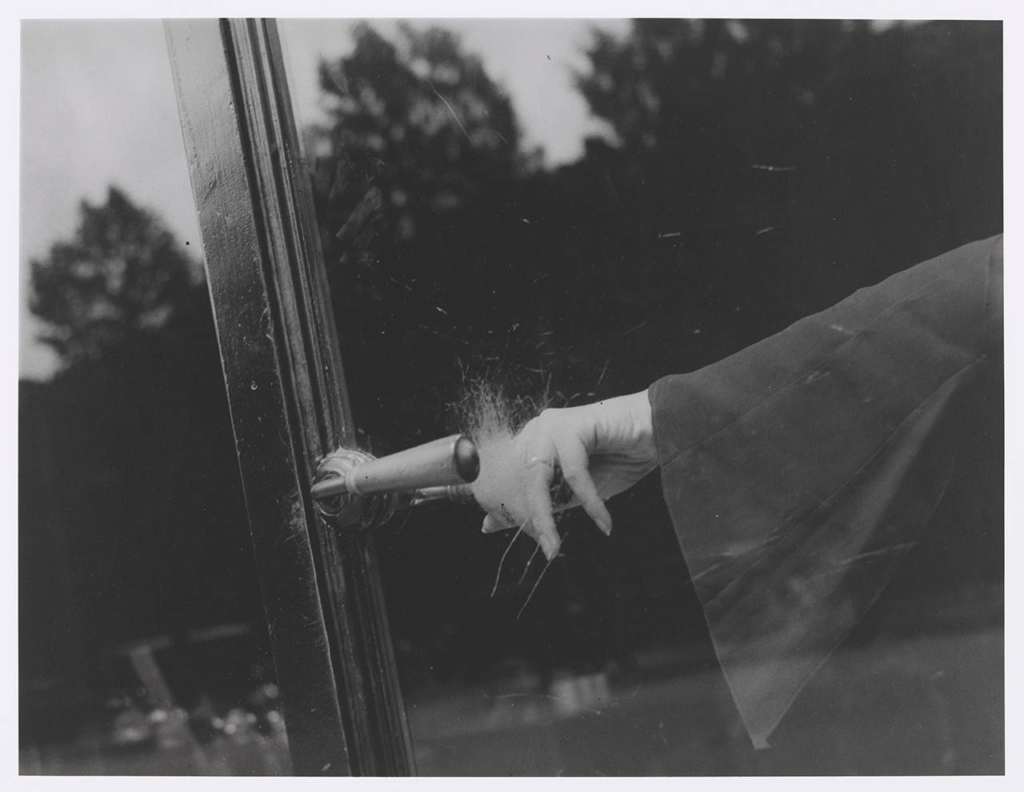
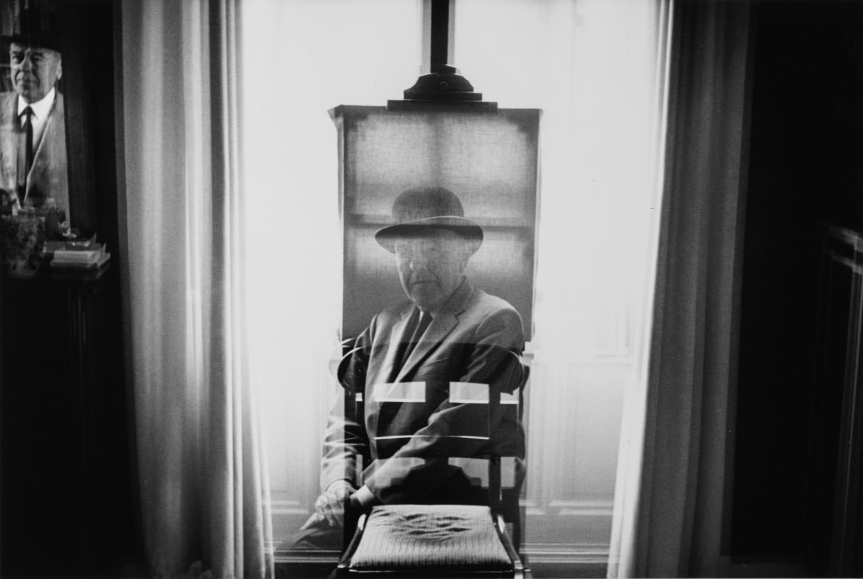

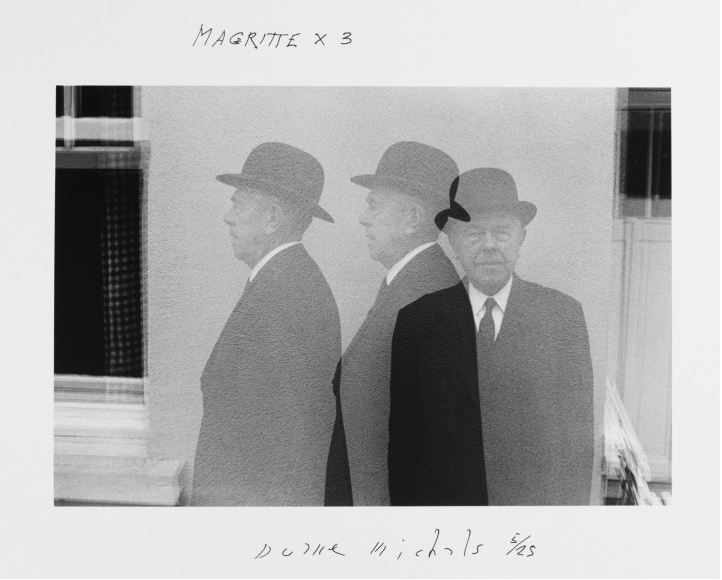


Duane Michal’s is known world wide for his photography work using multiple exposures, series and text over the past years. He first made strides in the photography world in the 1960’s when the world was thoroughly influenced by photojournalism in which Michal’s himself manipulated and changed to allow for his work to tell narratives. I feel the political aspirations are impotent. They can never be seen. If they are, it will only be by a limited audience. If one is to act politically, one simply puts down the camera and goes out and does something. I think of someone like Heartfield who ridiculed the Nazis. Who very creatively took great stands. He could have been killed at any moment, he was Jewish, and my God what the guy did. It was extraordinary. You don’t see that now. Interestingly and unlike most photographers/artists Duane feels that aspirations are pointless to put it simply and aims for the viewer to see the photo and not much more, unless you choose to.
Duane Michal’s Research
Duane Michal’s first began to explore art and photography at 14 years old when he started a watercolour class, he went onto continue his education by completing a B.A. at Denver university before then completing two years in the army before retuning to school to become a graphic designer however he never completed his studies. He actually began his photography career while on holiday in 1958, the work he produced during this holiday actually was displayed in the underground gallery in New York in 1963. Continuing his career he was a commercial photographer also covering filming. He did not have his own studio and instead took portraits of people in their own environment which was a complete contrast to some of the famous photographers of the time like Irving Penn. As his career continued he was asked by the Mexican government to photograph the 1968 summer Olympics, which built a following for him to then continue on personal projects before releasing a book and showcasing more of his work.
Photoshoot Plan


